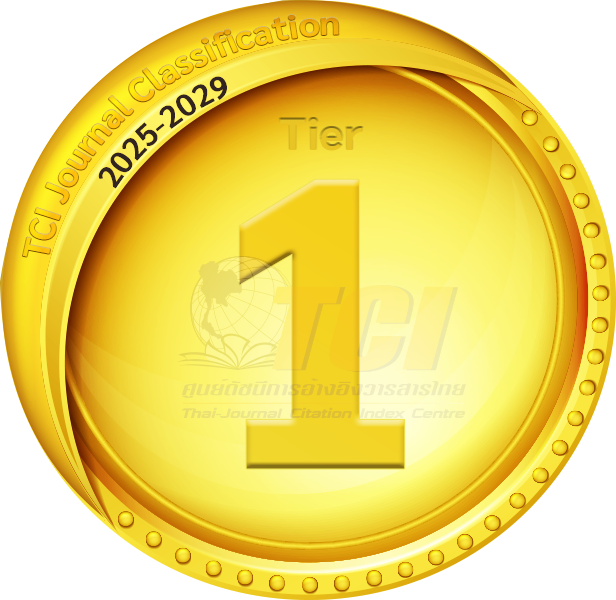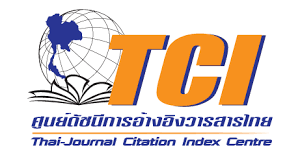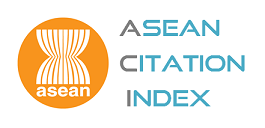The Research and Creation of Physical Art Object Through Virtual Reality
- Gomesh Karnchanapayap, Faculty of Digital Art, Rangsit University, Pathum Thani, Thailand, Email: Gomesh.ka@rsu.ac.th
Abstract
Art and technology have been evolving side by side. Humans invent technologies for their art-making quests, from various painting media to modern-day computer hardware and software. New technologies, such as digital painting and digital sculpture, provide artists convenience and flexibility to optimize their creative flow. The objectives of this research were 1) to study and explore Virtual Reality as a creative platform for creating new media artwork, 2) to create and output a new media artwork in a form of physical art through the use of additive manufacturing technology, and 3) to compare and analyze virtual art and its physical counterpart in a commercial art exhibition setting. An analysis of the audiences’ survey data concerning the Virtual Reality art piece and physical artwork in art exhibition setting indicates that 1) Virtual Reality can be used to deliver a satisfying art-viewing experience and 2) most audiences would rather purchase physical art piece instead of Virtual Reality work because of product tangibility.
Keywords: Virtual Reality, Art creation
References
Animal Facts Encyclopedia. (2020) Baby Leopard. Retrieved from https://www.animalfactsencyclopedia.com/Baby-leopard.html
BCC Research Editorial. (2018). The History and Evolution of Virtual Reality Technology. Retrieved from http://blog.bccresearch.com/the-history-and-evolution-of-virtual-reality-technology
Formal. (2020). 3D Printing Technology Comparison: FDM vs. SLA vs. SLS. Retrieved from https://formlabs.com/blog/fdm-vs-sla-vs-sls-how-to-choose-the-right-3d-printing-technology/
Goldfinger, E. (2004). Animal anatomy for artists the elements of form. Oxford, UK: Oxford University Press.
Gordon, K. (2020). Statista Research Department. Virtual Reality (VR) - Statistics & Facts. Retrieved from https://www.statista.com/topics/2532/virtual-reality-vr/
Hahn, B. (2018). History of 3D Printing. Retrieved from https://me3d.com.au/2018/history-of-3d-printing/
Hornby, A. S., Turnbull, J., Defter, M., & Bradbery, J. (2017). Oxford advanced learners dictionary of current English. Oxford, UK: Oxford university press.
ISO. (2015). Additive manufacturing – General principles – Terminology. Retrieved from http://www.iso.org.
Kickstarter. (2016). A Brief History of Oculus, from Day Zero to Day One. Retrieved from https://medium.com/kickstarter/a-brief-history-of-oculus-from-day-zero-to-day-one-8878aae002f8
Mongeon, B. (2017). 3D technology in fine art and craft: exploration of 3D printing, scanning, sculpting and milling. London, UK: Routledge.
Payatagool, C. (2008). Theory and Research in HCI: Morton Heilig, Pioneer in Virtual Reality Research. Retrieved from http://www.telepresenceoptions.com/2008/09/theory_and_research_in_hci_mor/
Poetker, B. (2019). The Very Real History of Virtual Reality (+A Look Ahead). Retrieved from https://learn.g2.com/history-of-virtual-reality
Scoble, R., & Israel, S. (2016). The fourth transformation how augmented reality & artificial intelligence will change everything. Florida, US: Patrick Brewster Press.
Searle, A. G. (1968). Comparative Genetics of Coat Colour in Mammals. London, UK: Logos Press.
Sutherland, I. E. (1968). A head-mounted three dimensional display. Proceedings of the December 9-11, 1968, Fall Joint Computer Conference, Part I on – AFIPS ’68 (Fall, Part I) (pp. 757-764). https://doi.org/10.1145/1476589.1476686
USC School of Cinematic Arts. (online). Inventor in The Field of Virtual Reality (in Hugh M. Hefner Moving Image Archive). Retrieved from http://uschefnerarchive.com/morton-heilig-inventor-vr/

Indexed in


Search